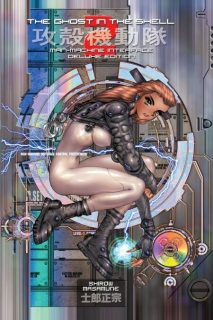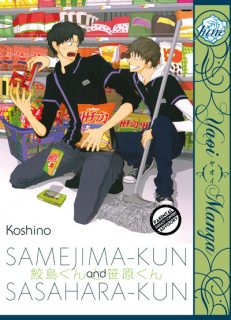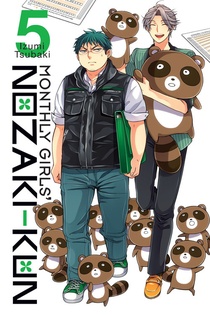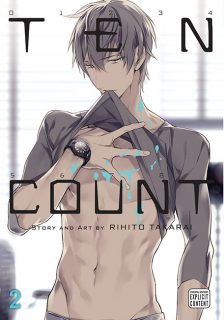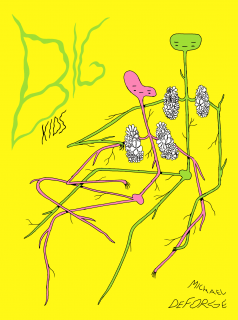It’s the last Wednesday of March and you know what that means! It’s once again time for a giveaway at Experiments in Manga! This month you all have the opportunity to win the first volume in Coolkyousinnjya’s surprisingly sweet and charming manga series Miss Kobayashi’s Dragon Maid as published in English by Seven Seas. And as usual, the giveaway is open worldwide.
Ever since I was little, I’ve loved dragons. While I’m not quite as obsessed with them as I once was, I’ve never grown out of my affection for dragons. And so when there’s a manga series that features dragons in some way–like Miss Kobayashi’s Dragon Maid–I can’t help but give it a try. I’ll admit, despite my established interest in dragons, I was initially a little wary of Miss Kobayashi’s Dragon Maid and was surprised by how much I enjoyed the first volume. The series has a few missteps, but overall it’s great fun and has some fantastic characters. And with the anime adaptation that’s currently airing, even more people are now aware of the charms of Miss Kobayashi’s Dragon Maid. Hopefully as a result they’ll be encouraged to seek out the original, too!
So, you may be wondering, how can you a copy of the Miss Kobayashi’s Dragon Maid, Volume 1?
1) In the comments below, tell me a little about one of your favorite dragons from a manga. (If you don’t have a favorite or don’t know of any, simply mention that.)
2) If you’re on Twitter, you can earn a bonus entry by tweeting, or retweeting, about the contest. Make sure to include a link to this post and @PhoenixTerran (that’s me).
It’s as easy as that! Participants in the giveaway have one week to submit comments and can earn up to two entries. If you have trouble with the comment form, or if preferred, entries can also be sent directly to phoenixterran(at)gmail(dot)com. I will then post those comments here in your name. The giveaway winner will be randomly selected and announced on April 5, 2017. Best of luck to you all!
VERY IMPORTANT: Include some way that I can contact you. This can be an e-mail address in the comment form, a link to your website, Twitter username, or whatever. If I can’t figure out how to get a hold of you and you win, I’ll just draw another name.
Contest winner announced–Manga Giveaway: Miss Kobayashi’s Dragon Maid Giveaway Winner


